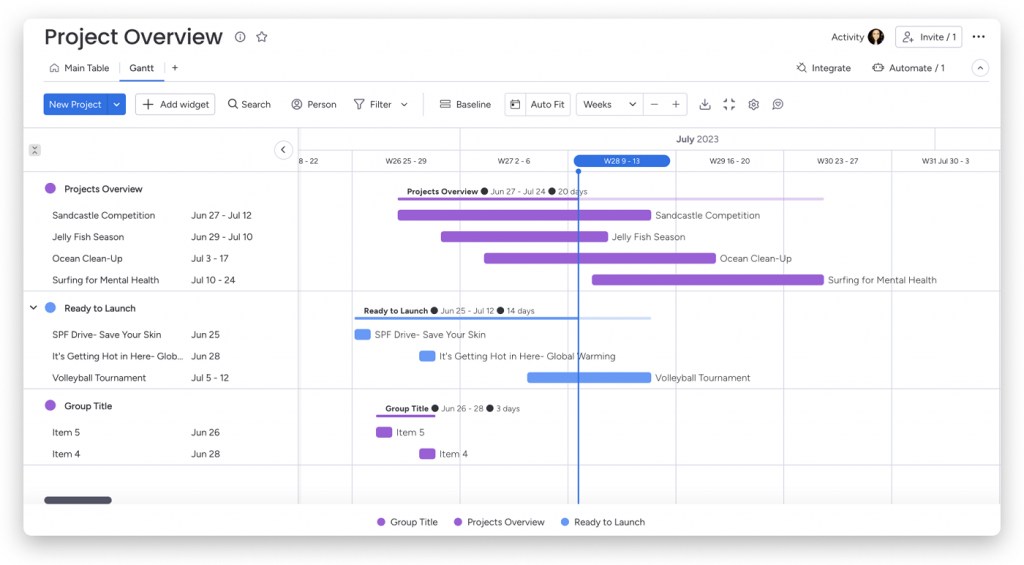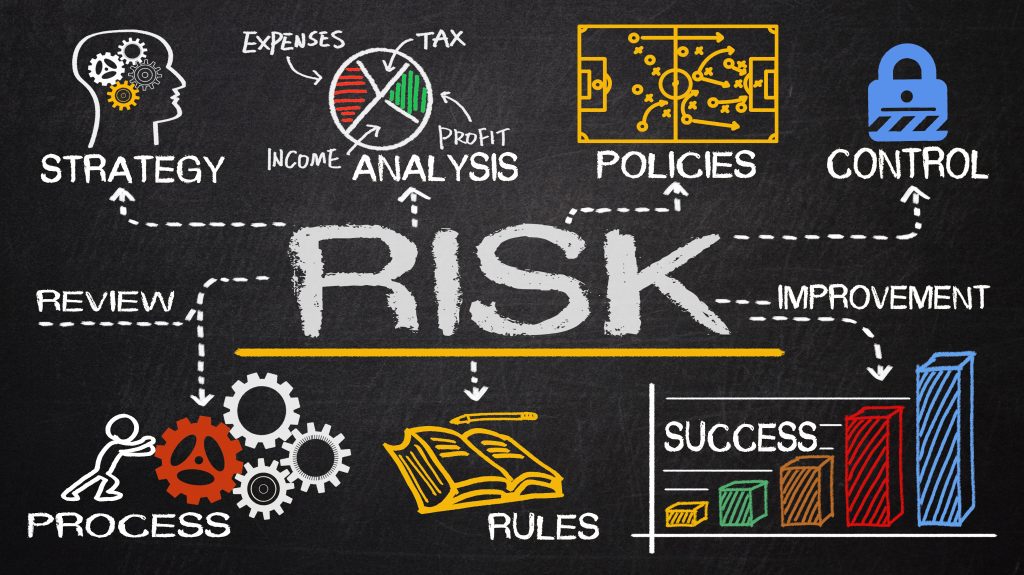Key takeaways
What is a feasibility study?
A feasibility study is an analytical tool used to evaluate the practicality of a proposed project or business idea. It assesses various factors such as financial viability, technical requirements, legal constraints, and market demand. The study aims to answer the question “Are the goals of this project realistically attainable?” by examining data, studies, and other relevant information.
A feasibility study is a crucial step to take before diving into any project and is generally performed during the project initiation phase of project management. It helps identify potential roadblocks, assess risks, and estimate resource allocation; skipping this step can lead to project failure, wasted resources, and financial losses.
Feasibility studies represent one of the many intricacies of project planning. Understanding the other requirements of this crucial step can give you a well-rounded view of how to set your project up for success.
Steps to conduct a feasibility study
Successfully executing a project hinges on thorough planning and risk assessment. Following this step-by-step guide for conducting a feasibility study will help you meticulously evaluate the viability of your project from the outset.
Step 1: Conduct preliminary analysis
This is where you take a good, hard look at your project to determine whether it’s worth pursuing. At this stage, you should also decide if a more detailed feasibility study is necessary.
A few key criteria usually come into play during this initial assessment. First, consider a general sense of the market demand for your project, the resources you have at your disposal, and some ballpark figures for initial costs. If it’s difficult to get clear estimates, it may be worthwhile to invest additional time and resources in a more comprehensive feasibility study. If no significant roadblocks pop up in this preliminary analysis, then you have the green light to proceed.
Some project management software includes useful features that can help you efficiently collect and organize all this data. These features can be very helpful in decision-making, especially when you’re looking at multiple variables.
Step 2: Create a projected income statement
This vital component of the feasibility study involves forecasting the income, expenses, and profitability associated with the proposed project. The projected income statement is akin to peering into a financial crystal ball to see how the numbers might align.
There are several approaches you can take to assess a project’s financial impact. Historical data and industry benchmarks, for example, can serve as reliable guides. These projections are important for assessing financial feasibility and making informed decisions.
The significance of these forecasts cannot be overstated — they help stakeholders understand the project’s potential ROI and ultimately make the go/no-go decision for the project.
Step 3: Survey the market
The market survey stage involves rolling up your sleeves to gather valuable data and insights about your target market(s) and audience(s). Think of it as your project’s reconnaissance mission: You’re scouting the terrain to understand what you’re getting into.
To start, you’ll want to learn your customers’ preferences to see if your project will fulfill a need or solve a problem they currently face. For example, a software company’s research might reveal customer demand for a new feature that aligns with the project’s goals.
Also consider if your project is timely and whether it will make a significant impact now or in the near future, depending on emerging market trends. It may be useful to conduct competitor research as well; knowing what and who you’re up against can help stakeholders decide whether you should move forward with the project and, if so, how you will approach it.
Surveys and interviews are ideal for firsthand quantitative and qualitative data. However, don’t underestimate the power of existing market reports. This preexisting data can offer a broad market landscape view, helping you make data-driven decisions. You can also leverage other research and data collection methods, such as focus groups and publicly available databases like Statista and the U.S. Census Bureau.
Step 4: Review and analyze the data
With all of the necessary information in hand, use tools like a SWOT analysis to evaluate the project’s strengths, weaknesses, opportunities, and threats. A risk assessment is another go-to method that can help you identify potential pitfalls that could derail your project.
At this point in the feasibility study, weigh key metrics and indicators like projected ROI, milestone dates, market penetration rates, and possible vulnerabilities. These gauges, when reviewed in tandem, paint a broader picture of your project’s viability and value.
Step 5: Determine the next steps
Use your research-backed analysis to decide whether the project you’ve proposed is the best way to address the problems it intends to address. If the metrics are favorable and the risks are manageable, you should feel confident advancing to the planning phase. Too many red flags, however, may mean you need to go back to the drawing board.
Here’s a little tech tip to make this decision easier: Many project management software dashboards can compile your key metrics and findings neatly in one visual package. It’s like having a project feasibility snapshot right at your fingertips, which makes it much easier for stakeholders to understand important data and make informed decisions.
Types of feasibility studies
There are different types of feasibility studies that each focus on a unique aspect of projects and project planning. By understanding the nuances of each, you’ll become better equipped to make well-informed decisions, mitigate risks, and ultimately steer your project toward success.
Feasibility study examples
Feasibility studies add value to the project lifecycle across diverse industries. With each of these examples, the feasibility study is a critical preliminary step to identify potential roadblocks and assess the likelihood of project success.
Free feasibility study template
Download our feasibility study template for free:
Why are feasibility studies crucial in project management?
In project management, feasibility studies help you gauge whether your project is a go or a no-go, saving you time, money, and a lot of headaches in the long run. But it’s not just about giving your project a thumbs-up or down.
Feasibility studies are also invaluable for decision-making and risk assessment. They provide the data and insights you need to make informed choices. Whether it’s deciding on the project scope, budget, or timeline, these studies offer a comprehensive view of what you’re up against.
Plus, feasibility studies help you identify potential roadblocks and risks, allowing you to prepare effective contingency plans. Operating with a feasibility study as your project’s foundation is like giving your team both a roadmap and a weather forecast to help you better navigate your project journey.






